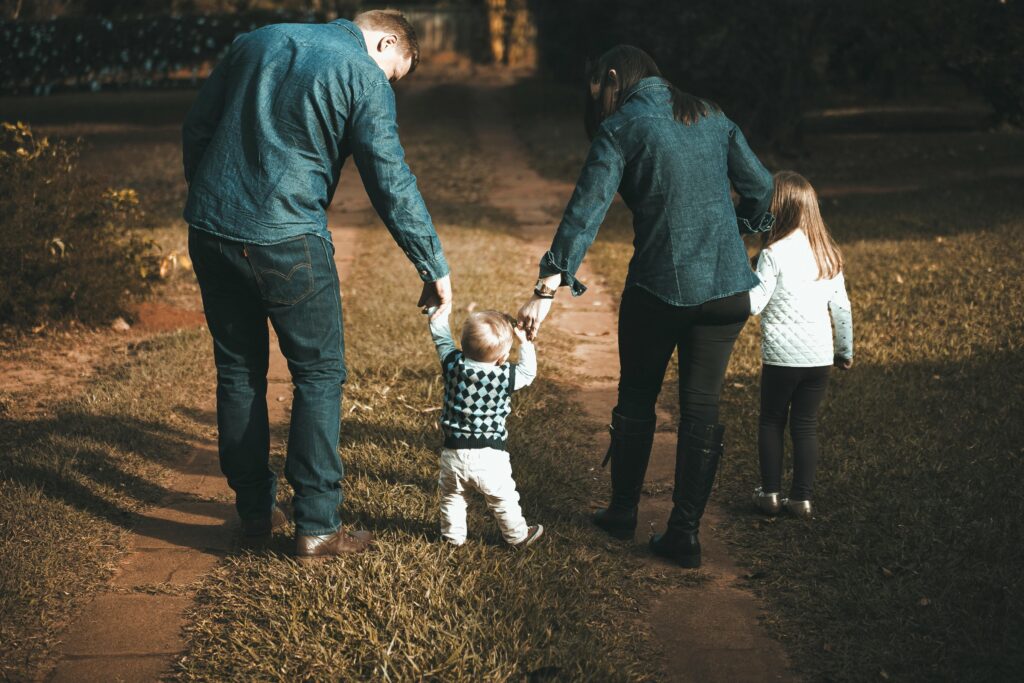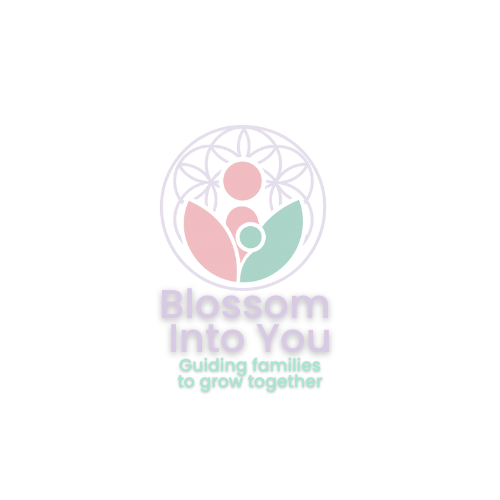A deeper look into the three modalities:
Understanding how your child gives and receives love
At the heart of every child’s growth is one essential need: to feel loved and truly understood. While we all express and receive love differently, children especially thrive when we learn to speak their unique emotional language.
Dr. Gary Chapman’s concept of The Five Love Languages offers a powerful framework for strengthening the bond between you and your child. When we understand how our children naturally give and receive love, we can respond in ways that help them feel safe, valued, and emotionally connected.
“In family life, love is the oil that eases friction, the cement that binds closer together, and the music that brings harmony.” – Friedrich Nietzsche

Why Love Languages Matter
You know you love your child. But are you loving them in the way they best understand?
Children don’t just listen to what we say they feel how we act. When we consistently express love in a way that resonates with them, we fill their emotional “love tank.” This creates a sense of security that fuels curiosity, resilience, and joy in learning and relationships.
The Five Love Languages
1. Physical Touch
Children who speak this love language crave physical connection, hugs, cuddles, handholding, piggyback rides, or even a gentle pat on the back. Without regular positive touch, they may feel disconnected or unloved, even if they’re receiving other forms of attention. On the flip side, harsh or angry touch can feel especially painful for them.
2. Words of Affirmation
These children bloom when they hear words of encouragement, praise, or affection. A simple “I’m proud of you” or “I love how kind you are” can boost their confidence and self-worth. But remember: long before they understand words, children sense love through tone, expression, and energy. Choosing kind, thoughtful words helps them feel seen and valued.
3. Quality Time
For some children, nothing matters more than your undivided attention. Time spent together doing what they enjoy, whether it’s reading, building, or just being silly, makes them feel cherished. It’s not about quantity, but presence. This love language says, “You matter to me. I enjoy being with you.”
4. Gifts
These children experience love through thoughtful tokens, a drawing, a shell from the beach, a surprise note in their lunchbox. For them, a gift is a symbol of being remembered and loved. But the meaning only sticks if it’s paired with sincerity, without emotional connection, a gift is just an object.
5. Acts of Service
Some children feel most loved when you help them, tying their shoes, fixing a toy, or cooking their favourite meal. These daily acts, done with care, communicate: “I see what you need, and I’m here to help.” Over time, they learn to mirror this by helping others in return.
“You will never look back on life and think, ‘I spent too much time with my kids.’” – Unknown

How Do Love Languages Help My Child?
A child’s emotional development is deeply connected to their learning and behaviour. When their love tank is full, they’re more open to trying new things, managing challenges, and forming healthy relationships.
Unconditional love, feeling accepted just as they are is the soil where confidence, curiosity, and compassion grow. By becoming fluent in your child’s love language, you lay the foundation for:
- Emotional security
- Healthy self-esteem
- Resilient learning
- Meaningful relationships
“Kids don’t care how much you know until they know how much you care.” – Riney Jordan
My Role in This Journey
In this part of the program, I’ll help you discover your child’s Primary and Secondary Love Languages, offering insights that will help you deepen your connection with them.
We’ll explore how these emotional needs interweave with their sensory preferences (Body) and their unique astrological profile (Soul) giving you a full picture of who your child is and how to best support their emotional wellbeing.
Every child longs to feel loved. By tuning into their heart’s language, you can offer the kind of connection that empowers them for life.
Continue on to the Soul section to explore your child’s deeper blueprint.
